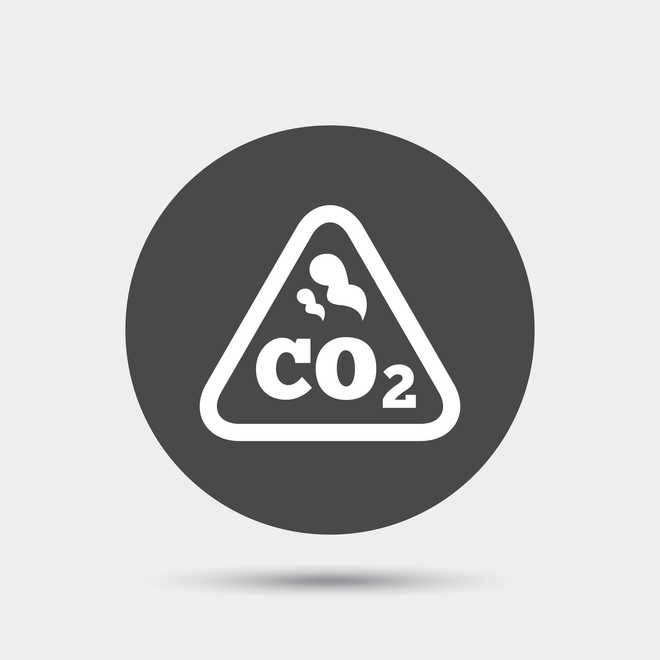New York
The process of mountain erosion can be a source of new carbon dioxide gas that can release it back into the atmosphere far faster than it is being absorbed into newly exposed rock, a study has found.
The source of this extra CO2 is not entirely geological. Instead, it is the by-product of tiny microbes in mountain soils that “eat” ancient sources of organic carbon that are trapped in the rock, researchers at Woods Hole Oceanographic Institution in the US said.
As the microbes metabolise these minerals, they spew out carbon dioxide, they said.
“This goes against a long-standing hypothesis that more mountains mean more erosion and weathering, which means an added reduction of CO2,” said Jordon Hemingway, a postdoctoral fellow at Harvard University.
“It turns out it is much more complicated than that,” said Hemingway, lead author of the research paper published in the journal Science.
The researchers came to this realisation after studying one of the most erosion-prone mountain chains in the world—the central range of Taiwan.
This steep-sided range is pummelled by more than three major typhoons each year, each of which mechanically erode the soil and rock through heavy rains and winds.
Hemingway and his colleagues examined samples of soil, bedrock, and river sediments from the central range, looking for telltale signs of organic carbon in the rock. What they found there surprised them.
“At the very bottom of the soil profile, you have basically unweathered rock,” said Hemingway.
“As soon as you hit the base of the soil, layer, though, you see rock that’s loose but not yet fully broken down, and at this point the organic carbon present in the bedrock seems to disappear entirely,” he said.
At that point in the soil, the team also noticed an increase in lipids that are known to come from bacteria, he added.




 Driving Naari Programme launched in Chandigarh
Driving Naari Programme launched in Chandigarh































